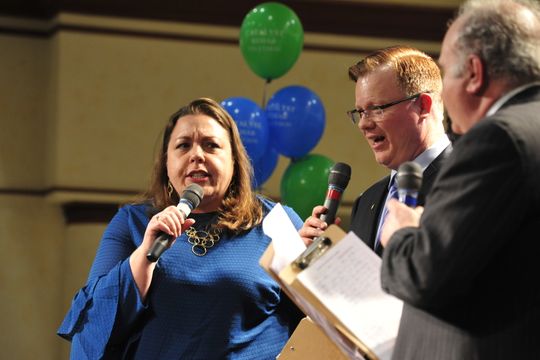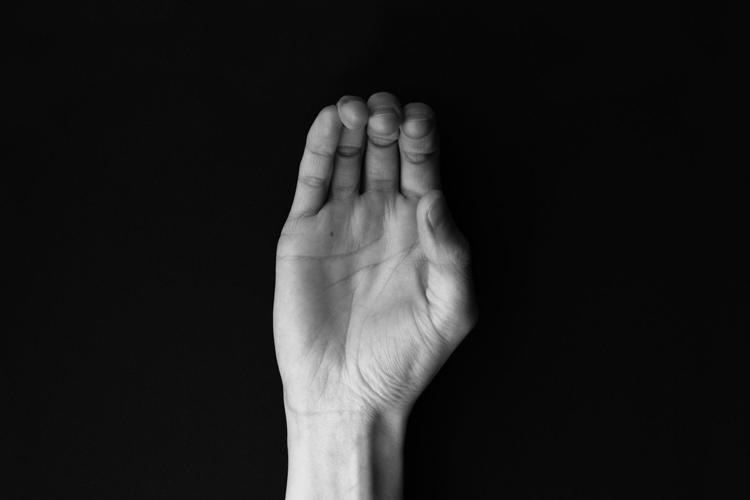 What does it take to pull off an all day Telethon full of live entertainment, rows of vendors, prizes,boisterous hosts and public guests? How do you encourage scores of people to donate their energy, talent, food and sponsorship to the tune of two million dollars over the course of 28 years? First, you have a remarkable community full of passionate individuals willing to put others’ needs ahead of their own. Then, you build a non-profit agency capable of affecting thousands of people’s lives through an array of mental health and well-being programs too broad to even list.
What does it take to pull off an all day Telethon full of live entertainment, rows of vendors, prizes,boisterous hosts and public guests? How do you encourage scores of people to donate their energy, talent, food and sponsorship to the tune of two million dollars over the course of 28 years? First, you have a remarkable community full of passionate individuals willing to put others’ needs ahead of their own. Then, you build a non-profit agency capable of affecting thousands of people’s lives through an array of mental health and well-being programs too broad to even list.
In short, you’re an organization like Catalyst.
In the beginning, the Telethon was known as “The Rehab Telethon.” First started by WMFD in 1992, its proceeds funded the operation of The Rehab Center which specialized in the rehabilitation of people with physical disabilities. Catalyst itself, is the 2010 merger of two previously well-known entities that served the community for over 65 years: The Center for Individual and Family Services and the aforementioned Rehab Center. It’s comprised of four major departments: Audiology and Deaf Services, Vocational Services, Mental Health and Crisis Services, and Addiction Services.
The Rehab Center is now the hub for Child and Adolescent Mental Health and Crisis Services, Audiology and the Community Center for the Deaf and Hard of Hearing, and the Vocational wing—which includes Progress Industries and Precise Services. Just up the street, is “The Center,” an expansive building housing Adult Mental Health and Crisis Services, The District V Forensic Diagnostic Center, residential programming, a stabilization unit, and outpatient drug and alcohol resources. It’s a complex of buildings wrapping their way along Sterkel Ave. that also includes New Beginnings Residential Treatment Center and will soon include the only Drug Withdrawal Management facility in all of Richland County.
